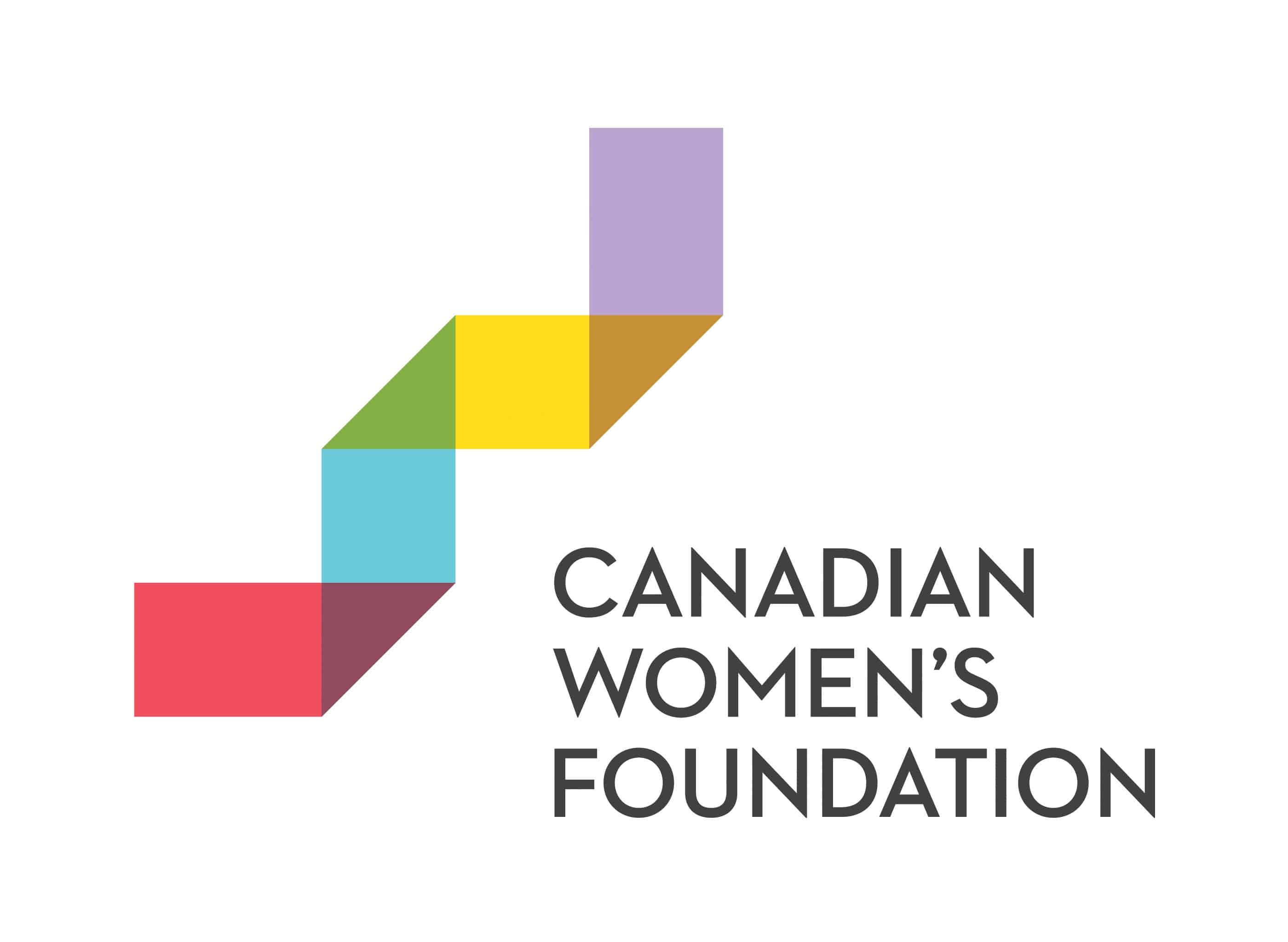.jpg)
Sarah Kaplan has a few ideas.
Kaplan is the Director of the Institute for Gender and the Economy, a Distinguished Professor of Gender and the Economy, and Professor of Strategic Management at the Rotman School of Management.
We spoke to her about the work being done at the Institute, gender wage gap myths, and how the western world’s emphasis on talent and skill leaves privilege in the workplace unchecked.
Tell me about the Institute for Gender and the Economy – what’s its mandate?
We haven’t made as much progress on gender equality as we always thought we were going to make over the past few decades, especially when we consider intersections of gender, race, sexual identity, socio economic class, ability and age. We keep having the same conversation over and over again about how women are more risk-averse than men, and need more self-confidence. And actually, from a research standpoint, we know that’s not true. My background is in organizational innovation and change, but at a certain point I was just so frustrated about the lack of progress on gender equality, I decided I had to refocus my efforts on this issue. If we rethink gender equality challenges as innovation challenges, we might get further than we have in the past.
A year ago, I founded the Institute for Gender and the Economy and we’ve been in start-up mode for the first year. The main goal is to convene and also fund research that’s going to push our thinking on gender-based challenges in the economy. How can we go further? How can we understand solutions that work? How can we understand why the actions that we have been taking don’t work?
The goal is to do the academic, rigorous research – or convene it – to understand what can be done. And after that, we need to translate for the practitioner. We don’t expect anyone to read our wonky academic articles, so a lot of what we have to do is bring those ideas to life through events, through publications, through videos, infographics and other forms of media. And then we also want to develop pedagogical tools that allow us to start educating people directly. Our motto: using rigorous research to change the conversation on gender equality.
What’s the most common myth you encounter about the gender wage gap in your work at the Institute?
One of the common things people do is they blame it on the women, they say ‘they don’t ask, they don’t negotiate well,’ and so if only women would ask, if only women were trained to negotiate, if only women were trained to be more self-confident, then we could somehow close the wage gap.
A lot of effort has been focused on self-improvement courses to help women be more self-confident, but that turns out to not necessarily be helpful – when women do negotiate for more, they’re often perceived much more negatively than men who ask for those things. What we really need to do isn’t to train women to be more self-confident, we need to change the systems to be less biased.
I think a second myth on the gender wage gap is that women choose lower-powered careers because they want to have kids. The idea is that we have a gender wage gap because women are choosing to be in “less stressful” or “less demanding” jobs so that they can take over family responsibilities – but what most people don’t recognize is that there are structural forces shaping that “choice” women make.
We have a society in which, in the case of heterosexual couples, the male partner is not expected to pull their full weight at home. That’s something that structures choice; women aren’t necessarily choosing these lower-powered careers, they’re forced into it because they’re also the ones taking care of things at home. Women also often don’t get the plum assignments; they’re not getting the best clients, they’re not getting the opportunities to advance. So, you see women withdrawing from the work place or withdrawing from client-facing roles, and going into internal-facing roles, but it is mainly not “choice” per se.
When women end up staying home to take care of kids, it’s also often because there isn’t enough affordable, accessible, quality childcare provided by the state or by employers, so women end up with no choice but to withdraw from the workforce.
We know that the wage gap is being driven by these structural inequalities and not by women somehow being more nurturing and so choosing to do this. They’re also sometimes forced into that nurturing role because that’s the only one that really gets rewarded. They get stuck in the “care economy.” It also illustrates an unfortunate and persistent gender stereotype: Nurturing qualities are often expected of women and yet not often encouraged in men.
What is “workplace meritocracy” and how does it affect women at work?
In the Western world, we have this idea that we operate in a meritocracy. That would imply that the best and the brightest rise to the top and we’re blind to anything other than skill and talent. But, think about it, if we have more CEOs of companies named John than we do women, how could that possibly be true?
The people that have risen to the top have worked hard, there’s no question. But they want to believe they’re there for their own unique talents and skills, and they don’t want to believe they benefitted somehow from the tailwinds provided by privilege. The moment you raise this question, that maybe meritocracy is not fully operational, people in those positions of power are going to feel attacked. People all like to think they worked hard for their position without understanding how much harder a person of colour, an Indigenous person, a new Canadian, a woman, someone with a disability, would have to work to get to the same place.
How then are you hoping to change the conversation around meritocracy?
I don’t know if I have a perfect answer, but part of it is to say ‘what problem are we really trying to solve here’, and talking to people about the ways meritocracy is actually producing perverse outcomes.
A lot of work is focused on giving people training so that they’re less biased. But can we really make people less biased? People have been socialized from a very young age. We’ve seen that people have been socialized since preschool already to think differently about boys and girls. What if we don’t even, or only, try to fight the bias, and instead we do things like change job descriptions?
The experiment that my colleagues want to run is one where we would take job descriptions and add a bunch of descriptors that people think are stereotypically female. Put in something that says “must be able to multitask, must be collaborative.” Any good leader is going to have to multitask and be collaborative, but we don’t typically put that in a job description, because somehow it doesn’t fit our ideal worker image. The goal would be to see if you can shift hiring patterns through shifting job definitions.
That’s an example of an innovation where you’re not trying to change people’s minds, you’re trying to change structures and processes. A lot of the innovations that I want to think about are less so around how we attempt to change people’s biases. That’s not going to happen until we have better representation of men and women in leadership, and then maybe people’s points of view will change.
What we’re talking about is innovating in how we do our work, how we fund startups, how we do hiring, and how we do reviews. It’s about really rethinking the business process. It’s true organizational change.
Learn More:
Take Action:
- Sign up for our e-newsletter to have our latest stories and resources sent to your inbox.
- Follow us on Facebook and Twitter to join a national conversation about gender equality.







